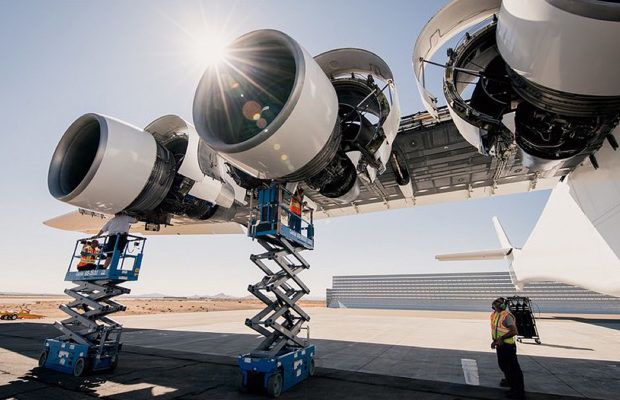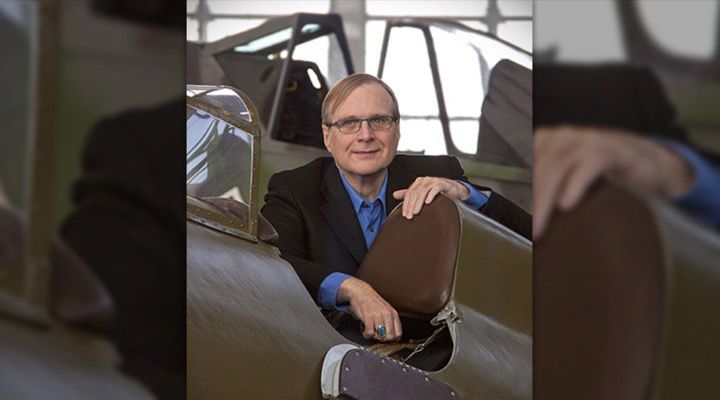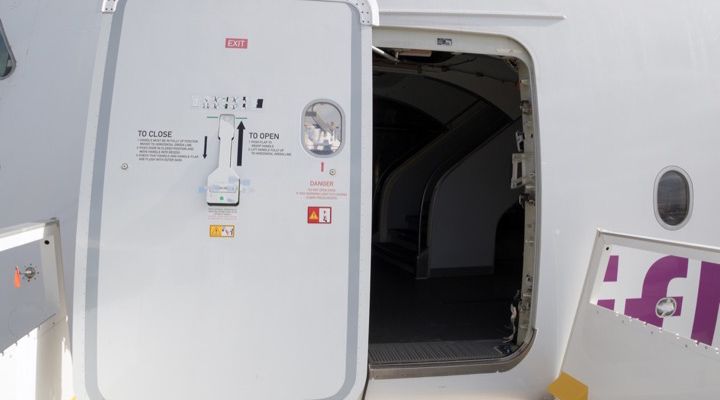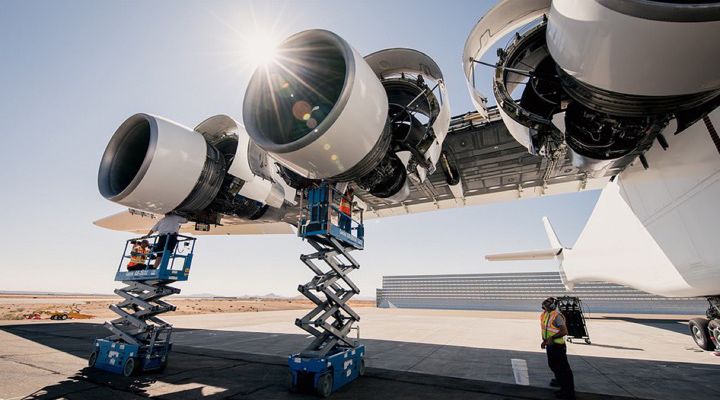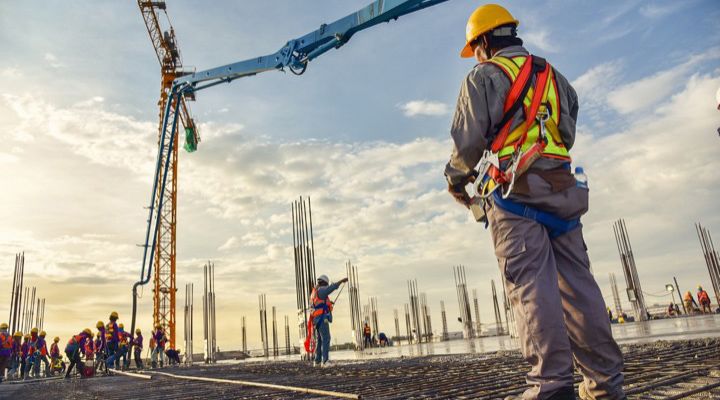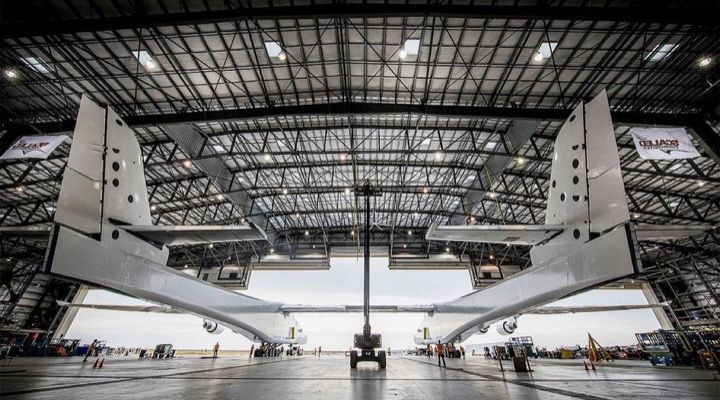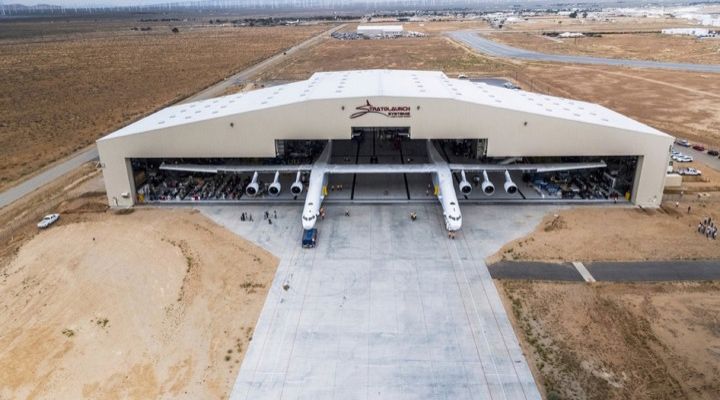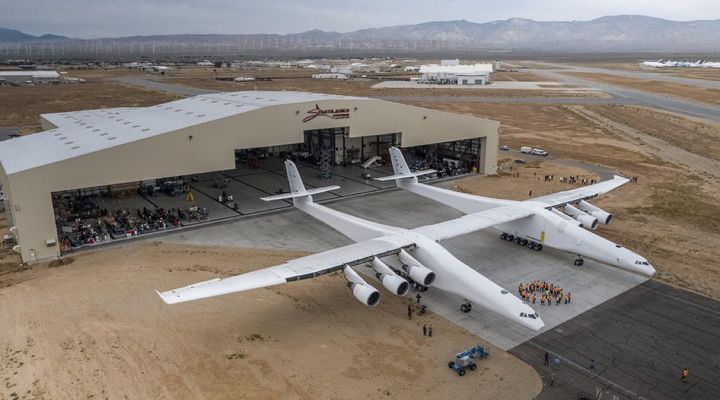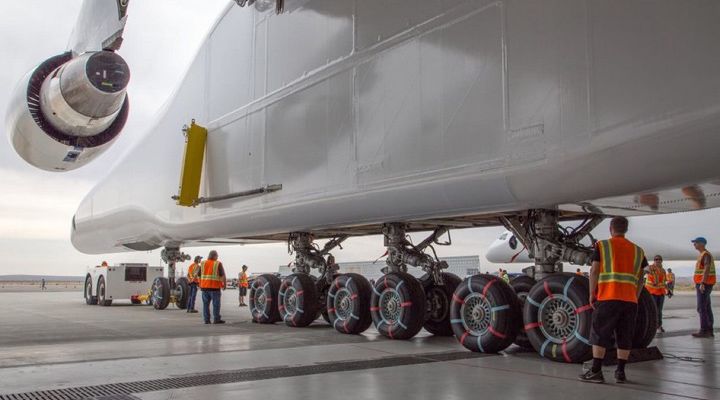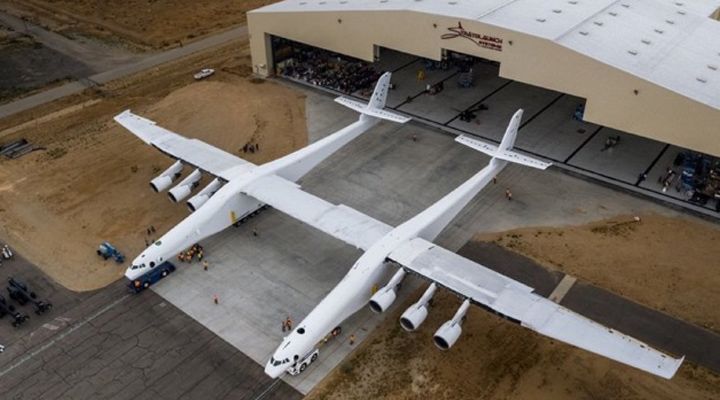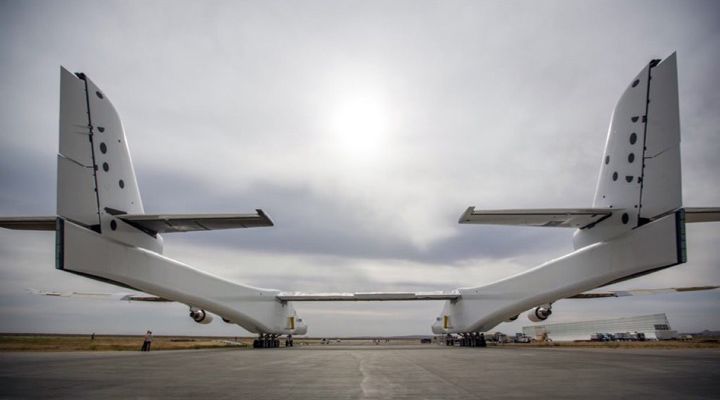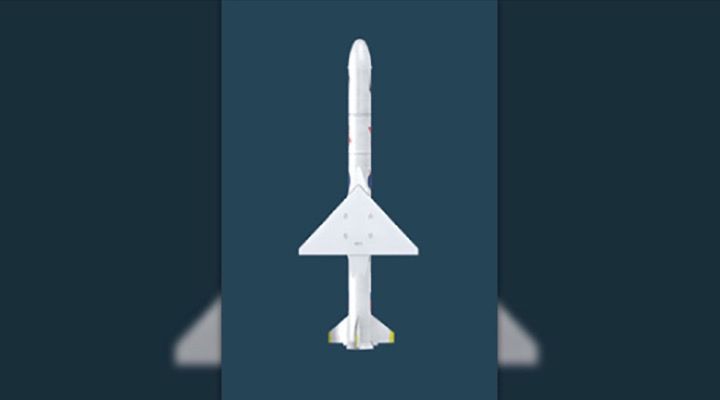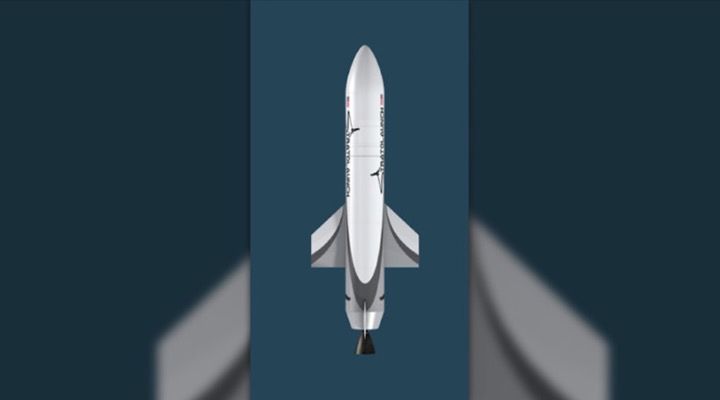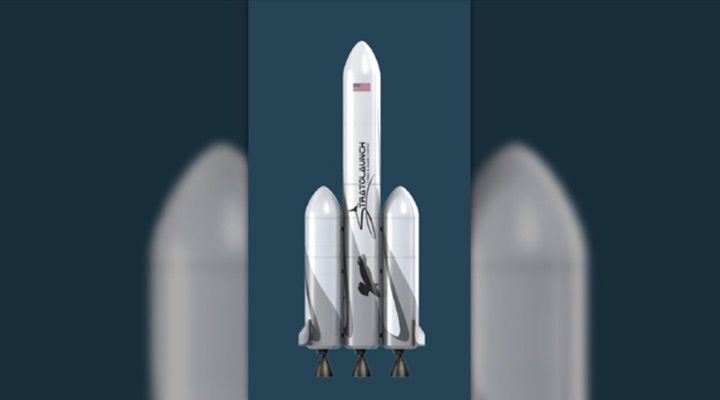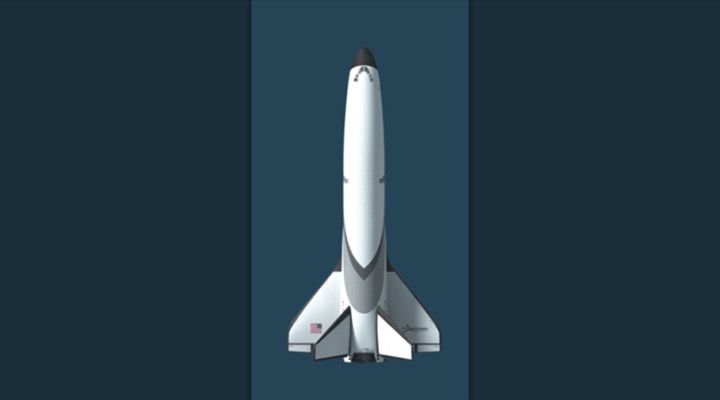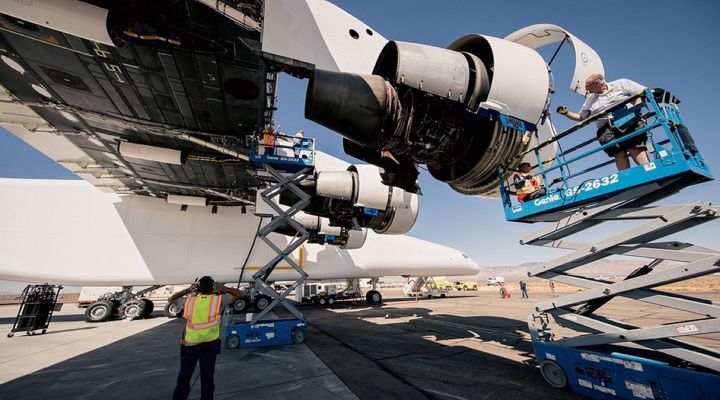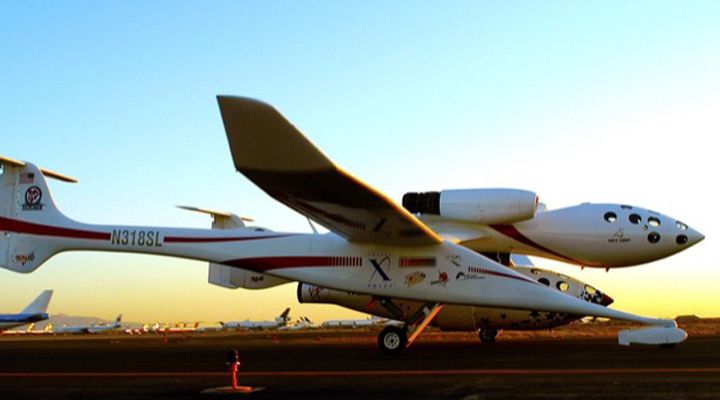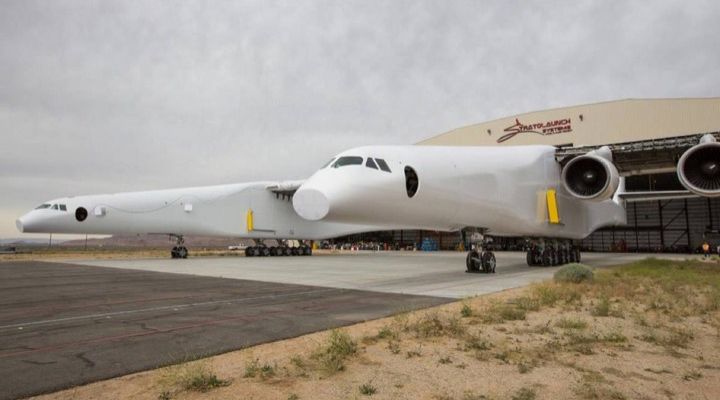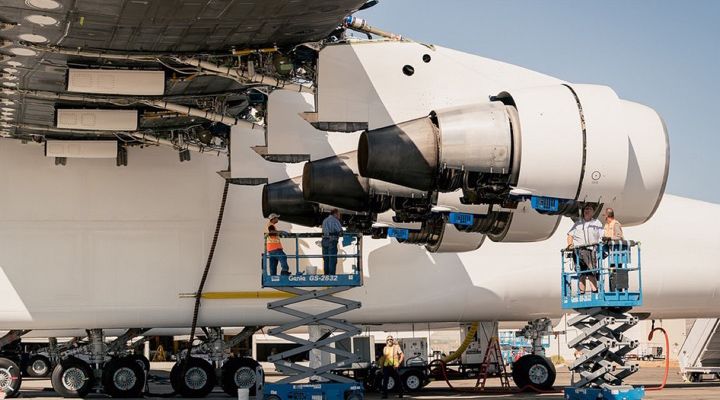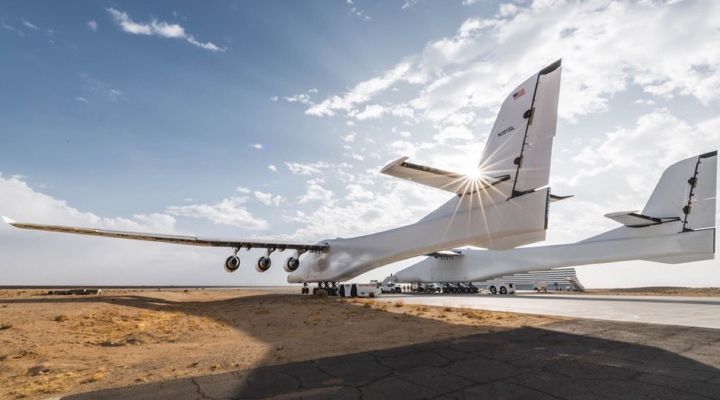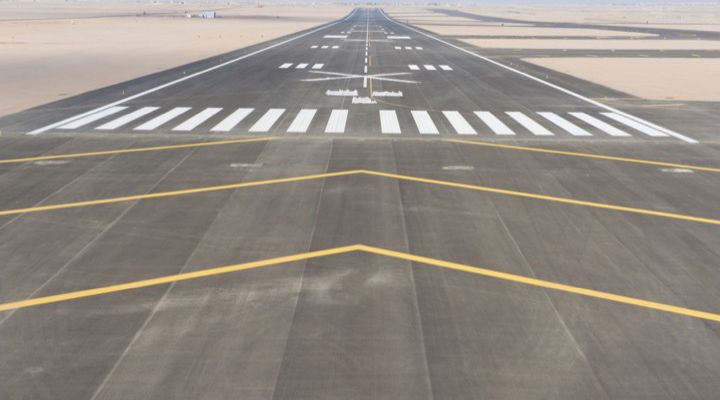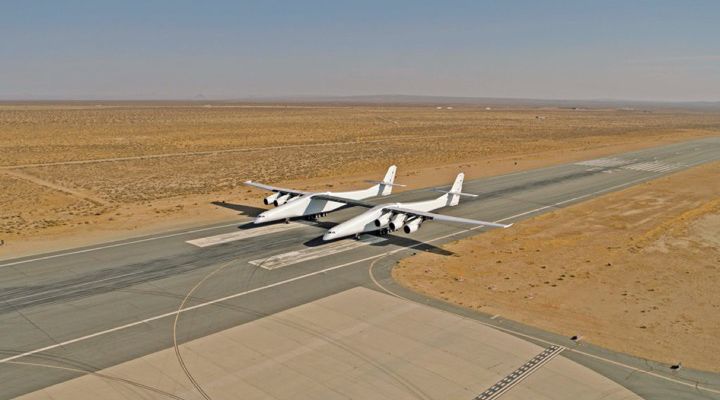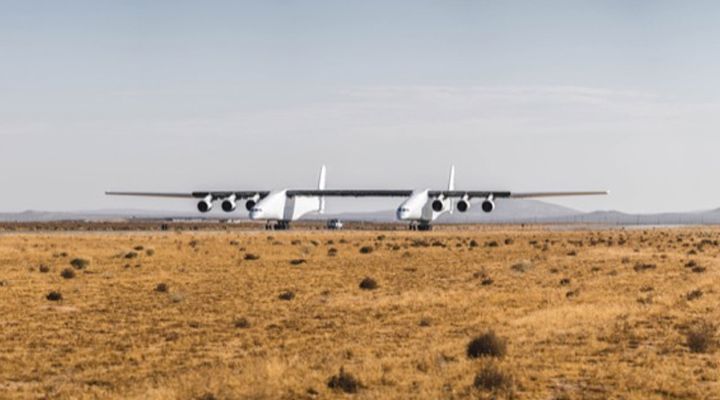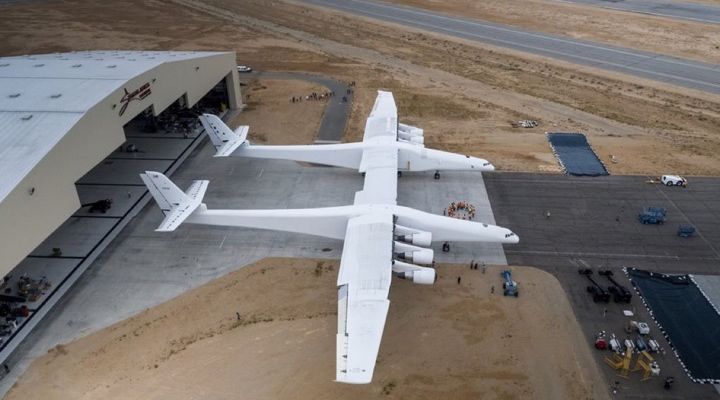Back in the 19th Century, sending a human being safely into outer space was incomprehensible. In the 20th Century, a rocket sparked man’s first encounter with the moon…
In the 21st Century, humanity began to launch more unconventional objects into space. These include Elon Musk’s “Starman”, and much more recently, an enormous airplane…
** Continue Reading for Video at End of Story **
A Billionaire With An Idea
Paul Allen, the billionaire cofounder of Microsoft, had a vision in 2010. He recognized that launching objects into space was tough and expensive to do at the time.
Innovative Mind
He is one of the world’s richest visionaries, having a net worth of more than $20 billion. Leading one of the most pivotal companies of all time, innovation in technology runs through his blood.
Mentor Of A Billionaire
Paul Allen is famous for being a mentor and friend to Bill Gates, the second richest and most successful man in the world. Paul’s life was set the moment he met the future billionaire in Lakeside school.
From College Dropouts To Entrepreneurs
Even though they both dropped out of very prestigious colleges, their minds and ideas were going in a bright direction. Once the pair created Microsoft, they were catapulted toward the top of the world financially. Paul decided to use this money for something big…
Space Exploration
He wished to change the resourcefulness of space travel for the better, as space exploration is a vital factor in determining the future of humanity. However, doing that was much easier said than done…
Alternative To Rockets
Paul knew that he couldn’t tackle this big of a project by himself, but he knew that he had the mind and the money. While rockets require loads of preparation and resources, there was a safer and easier alternative: airplanes.
Airplanes Over Rockets?
Paul wanted space cargo to be “as easy as booking an airline flight.” The idea he has proposed has challenged human capabilities in unforeseen ways. Could he actually send a massive airplane into space?
The Stratolaunch
Paul decided that the name of this new contraption was going to be Stratolaunch, the “strato” coming from the second lowest layer of the atmosphere. But we have yet to see if the “launch” aspect of it will reach its potential…
Stratolaunch Systems Corporations
2010 was the year that Stratolaunch Systems Corporations was created. This project needed many teams with many people with many different talents. They were all ready to begin the creation of the largest airplane in the world.
Construction Site
Construction began in 2011 at the Mojave Air and Space Port in California, one of the first ever air and spaceports in the nation. They started building the massive plane inside of an even more massive hangar…
Finished Model
After years of blood, sweat, and tears, they finally managed to create the Stratolaunch. However, it was nowhere near able to fly yet. First, they needed to see if it could stand on its own and move.
Greeted By Sunlight
May 31, 2017 was the day that the Stratolaunch left its hangar for the first time. It is now ready to start ground testing. So far, it has passed the engine and detectors tests with flying colors.
World’s Largest Plane
Only after the company finished it did they realize just how enormous the mothership is. With a wingspan of 385 feet (longer than a football field), the Stratolaunch has undoubtedly destroyed the record for world’s largest plane.
Mind Boggling Size
The wingspan isn’t the only measurement to be confounded by. With twin fuselage lengths of 238 feet, and a tail height of 50 feet, the Stratolaunch is by no means your average plane.
Flying Launchpad
The Stratolaunch was going to serve as the ultimate mothership that will carry loads that were initially monstrous to manage. It will carry smaller rockets and ships that will then launch off of the Stratolaunch once it gets high enough.
Smaller Spacecrafts
The four spacecrafts that will be carried on and launched from the Stratolaunch are the Pegasus, the Medium Launch Vehicle (MLV), the Medium Launch Vehicle (Heavy), and the Space Plane. They all have their own uses and missions that make them vital parts of the Stratolaunch.
Pegasus
The Pegasus is a rocket that can carry up to 815 pounds, and already has many missions planned to be carried out. It’s anticipated to launch with the Stratolaunch in 2020.
Medium Launch Vehicle
The Medium Launch Vehicle (MLV) is another rocket that can carry up to an astounding 7,500 pounds! According to Stratolaunch representatives, the MLV’s maiden launch should come in 2022.
MLV (Heavy)
The Medium Launch Vehicle (Heavy) is the brawnier version of the MLV, which can hold up to an even more astonishing 13,200 pounds! However, this rocket is in early development, so there’s currently no telling when it’ll be finished.
Space Plane
The last rocket is the Space Plane, a reusable vehicle that can fly in both air and space. This will be used to fly cargo to and from earth, but it is currently still in the design stage, so it won’t be flying anytime soon.
Inching Closer To Flight
Even now, the Stratolaunch is still not prepared enough to fly; but it is getting there. Its engines have already proven to work at higher power levels, and it is currently in the phase of taxi testing.
Wondrous Design
Who do we have to thank and praise for designing the colossal plane? Burt Rutan, the aerospace icon himself. Burt had an extensive history of support and innovation in the aerospace industry.
Experienced Designer
In 2004, Burt had a small team that won the Ansari X-Prize for making and flying a reusable spacecraft, triggering the birth of many space companies. It’s safe to say that the Stratolaunch project’s design is in good hands.
More Than One Cockpit?
Although it looks like two conjoined airplanes, matter of fact is the Stratolaunch is a plane with two cockpits. However, the right head is the only one with a manned cockpit, while the left one is completely empty.
Heavy And Huge
Since the entire plane with all loads on board has a maximum weight of a jaw dropping 1.3 million pounds, it needs a lot of support from its wheels; that’s why they decided to give the plane 28 of them.
Many Missions
Another important fact that needs to be addressed is how often the Stratolaunch will be used if all of the tests end up successful. Stratolaunch Systems Corporations plans to use it 6-10 times per year for various missions.
Not Enough Ground
Another often overlooked problem that one wouldn’t think about is that the plane is too enormous to use on a normal runway. How much runway should be specialized for the Stratolaunch?
Long Runway
12,000 feet, or almost two miles of runway are needed to make sure the plane lifts off in time. That is about twice as long as the average airport runway, which shows how the Stratolaunch is much, much bigger than we think it is.
Uncertain Timing
Although we have all of these facts to consider, nobody has a good estimate of when the Stratolaunch itself will have its first flight. Of course, the time that the Stratolaunch will begin to fly with all of the subships mentioned is even less certain.
Many Opportunities
Even though we can’t tell when the Stratolaunch will start operating in missions, the near future is going to be a truly exciting time for everyone. Who in the early 21st century could have predicted that we would start flying megaplanes into outer space?
